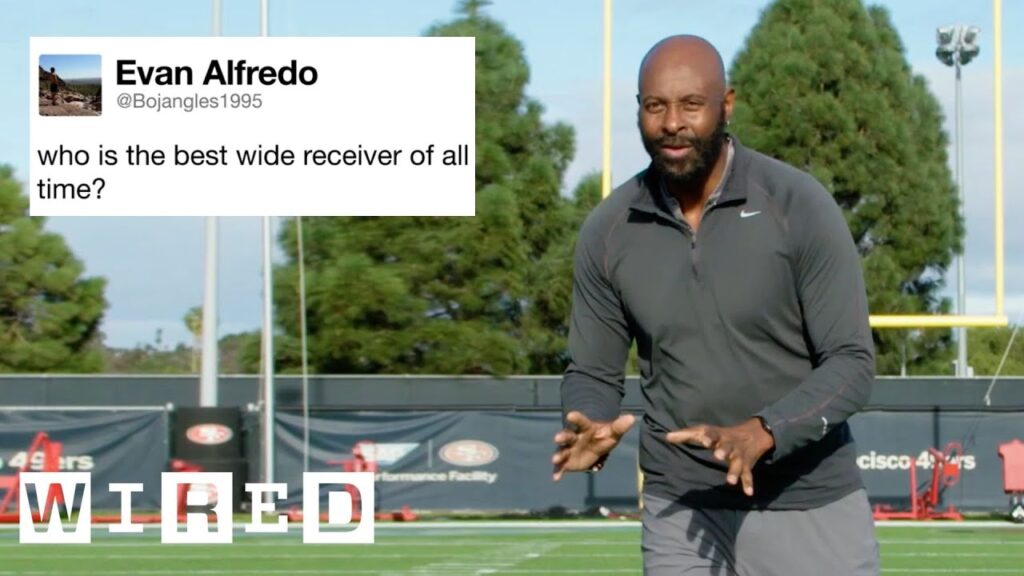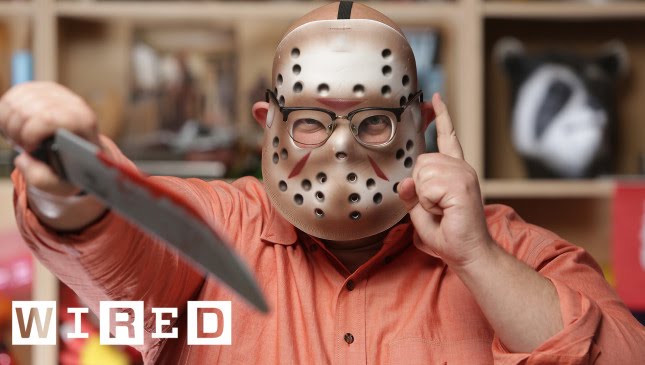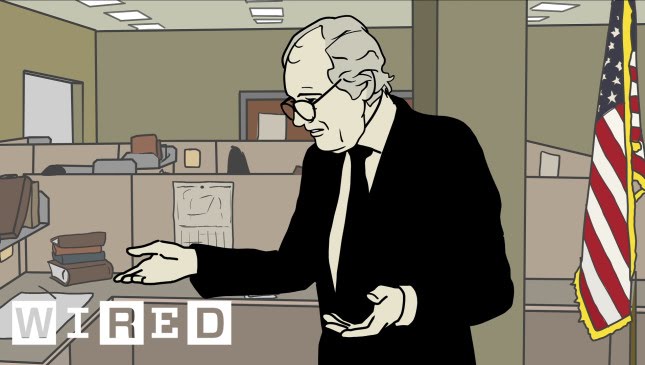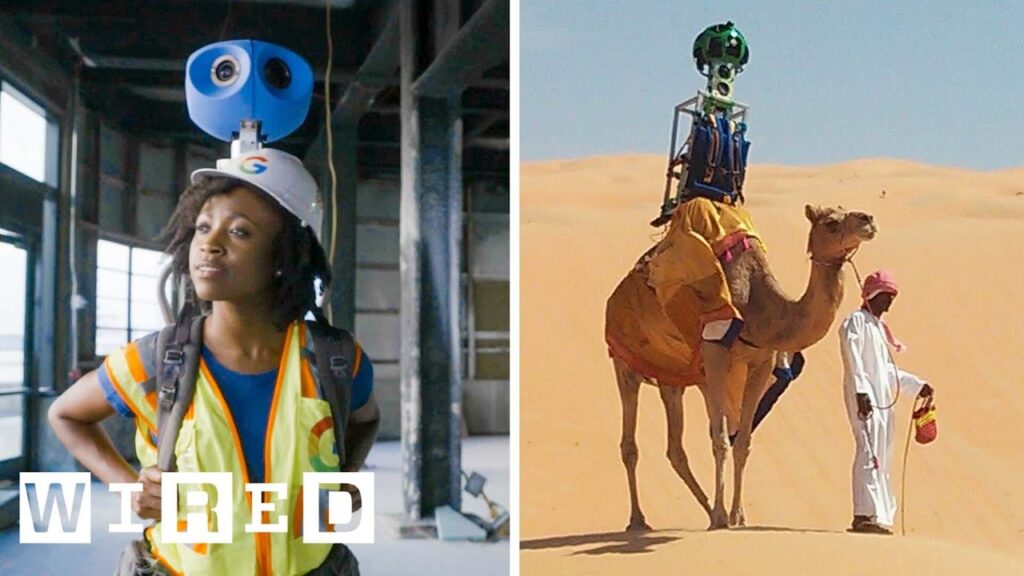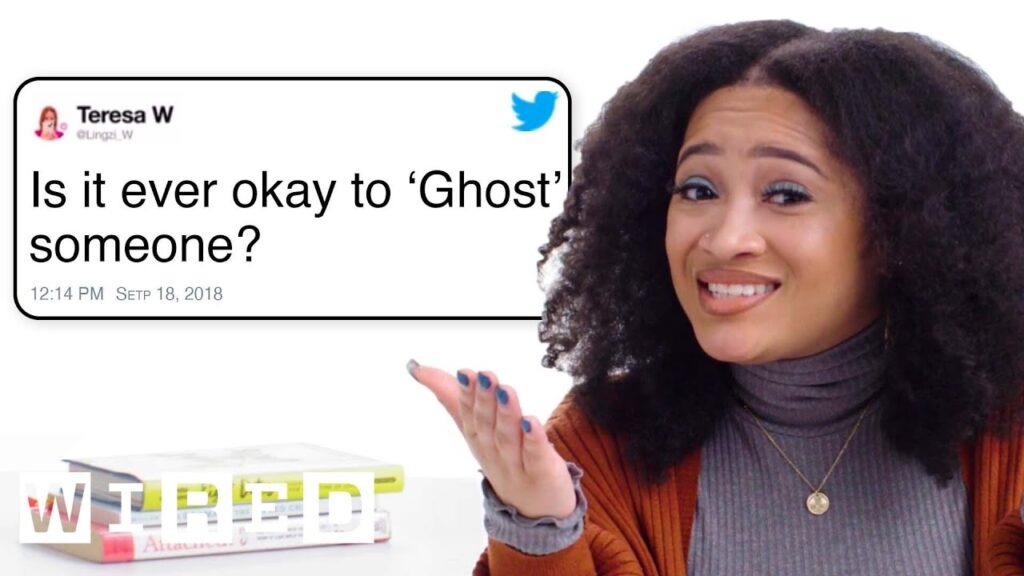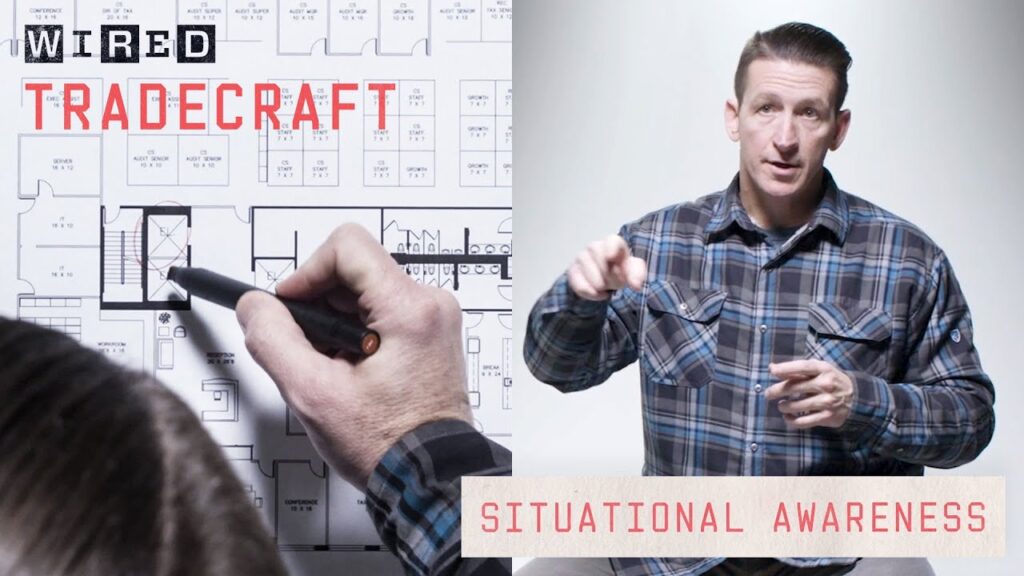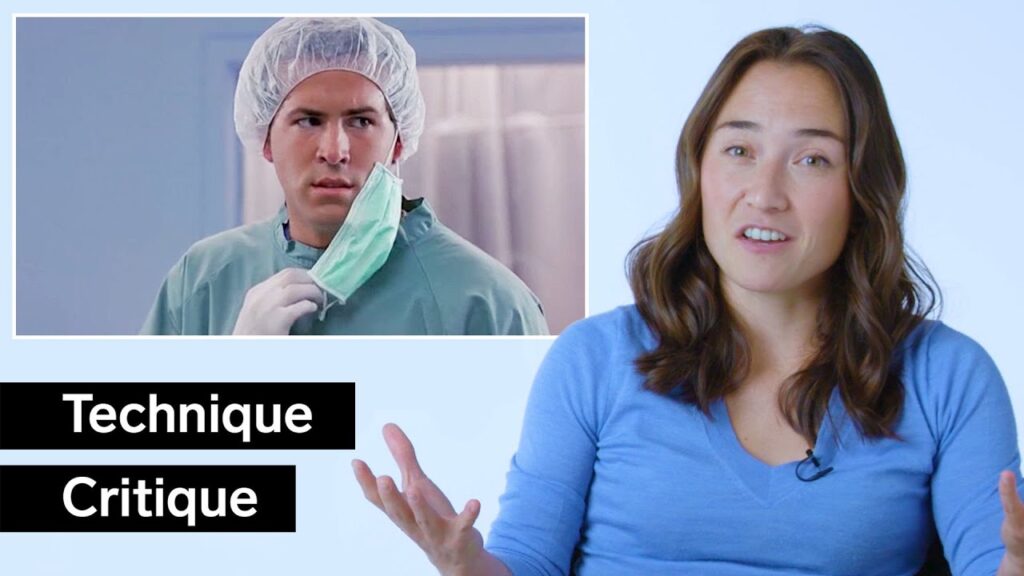Kurt Wenne: Creating Precise Geometric Illusions
Summary
In this article, we explore the work of Kurt Wenne, a former NASA illustrator turned 3D artist who creates large-scale pavement art using geometrical techniques. He meticulously plans each illusion using pencil and paper and creates his artwork using commercial chalk and handmade pastels with pure pigment content. Kurt’s interest in geometry started when he was young, and his father gave him a book called The Geometry of Art and Life. He worked for NASA, which helped him develop ways of doing perspectives to capture wide-angle views of things. When he left his job, he started working on the streets of Rome as a pavement artist, creating classical work before moving onto his own original work.
Table of Contents
- The Process of Creating Precise Geometric Illusions
- Using NASA Technology and Techniques to Position Street Art Pieces
- The Communicative Nature of Art
The Process of Creating Precise Geometric Illusions
Kurt Wenne creates precise geometric illusions that remind us that everything we think is real is in some way an illusion. He meticulously plans each illusion using pencil and paper, starting with a grid and then composing using thumbnail sketches. He then works his way up to a more finished line drawing and scans and prints the little details on another piece of paper, which he refines and cuts together. Kurt creates his illusions using commercial chalk and handmade pastels with pure pigment content. The optimal size for each illusion is about 15 feet by 15 feet, and they are made to be seen from exactly one point in space. The impermanence of his work is often misunderstood, as it goes away while he is creating it. Kurt enjoys working outside, but the weather can sometimes be challenging, such as when the pavement was so hot.
Using NASA Technology and Techniques to Position Street Art Pieces
Kurt Wenne is a professional artist who creates large-scale pavement art, with his world record-sized art measuring 440 feet long. He constructs his artwork by using geometrical techniques and creating a model of the artwork. He positions the camera in the right place to get the focal point and uses the iPhone viewfinder to see the effect. His interest in geometry started when he was young, and his father gave him a book called The Geometry of Art and Life. He worked for NASA, which helped him develop ways of doing perspectives to capture wide-angle views of things. When he left his job, he started working on the streets of Rome as a pavement artist, creating classical work before moving onto his own original work. He noticed that the works on the pavement were seen from the base of the work, which meant people were looking across the surface of the work as much as they were looking down at it.
The Communicative Nature of Art
When asked if he creates art for himself or the public, Kurt reflects on the communicative nature of art and its ability to engage and create a relationship between the environment, spectator, and viewer’s point of view. His work is made to be seen from exactly one point in space, and the viewer’s perspective is essential to the illusion. Kurt’s art engages the viewer and creates a relationship between the environment and the spectator. His illusions remind us that everything we think is real is in some way an illusion, and that our perspective shapes our reality.
Conclusion
Kurt Wenne’s precise geometric illusions are a testament to the power of art to engage and challenge our perceptions of reality. His use of geometrical techniques and NASA technology to position his street art pieces is a testament to his dedication to his craft. Kurt’s work is a reminder that art is not just a product but a process, and that the communicative nature of art is essential to its power.
